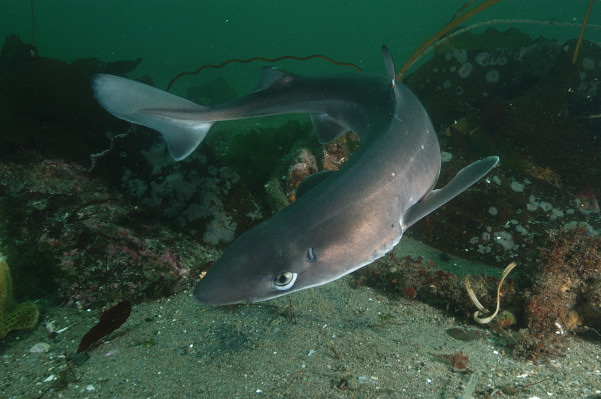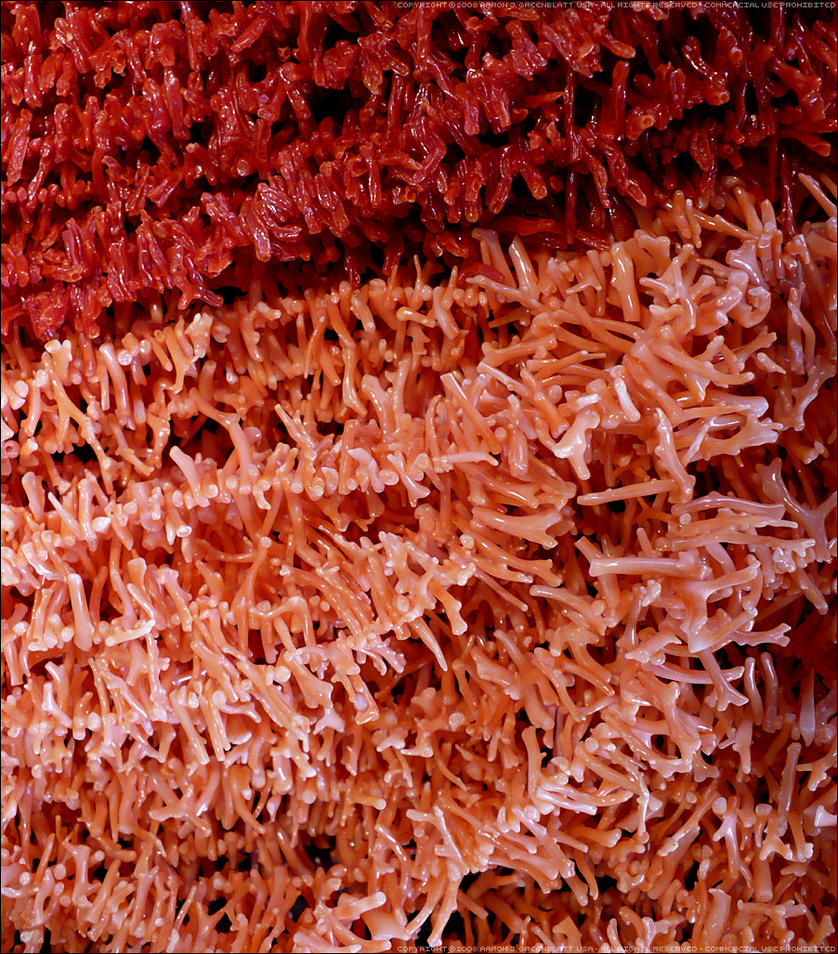When I think about poaching the first thing that comes to my mind is Africa.Most stories you hear about poaching are in Africa. Africa has many animals that are frequently poached such as, lions, elephants, and rhinos. Today I'm specifically focused on the poaching of Rhinos.
The British newspaper, the Guardian, reports that the pace of killings of South African rhinos is outpacing last year's, with 136 rhinos killed for their horns which are used in medicine in Asia and for dagger handles in the Middle East. That compares with 129 rhinos killed last year.
This exerpt shows one reason why rhinos are poached. That reason is for their horns. The horns are ivory which is a very prized substance.In this article knife handles is one of ivorys uses.
This exerpt also shows how numbers on rhino poaching are rising. I thought that in modern times there would be no reason to poach and that with all the environmental programs that poaching would subside.This just proves how wrong i was since not only is poaching still around but it is on the rise.
The South African Rhinos are a small population already and this added threat of poaching isn't helping them to survive.Another issue is that the places where they are supposted to be safe, such as game reserves, are the places where they are being poached.





 <<<<The Porbeagle>>>>
<<<<The Porbeagle>>>>

 <<<<Tiger>>>>
<<<<Tiger>>>> <<<<Asian Rhino>>>>
<<<<Asian Rhino>>>> <<<<Red and Pink Coral>>>>
<<<<Red and Pink Coral>>>> <<<<European Eel>>>
<<<<European Eel>>> <<<<Elephant>>>
<<<<Elephant>>> <<<<Gorillas>>>>
<<<<Gorillas>>>>